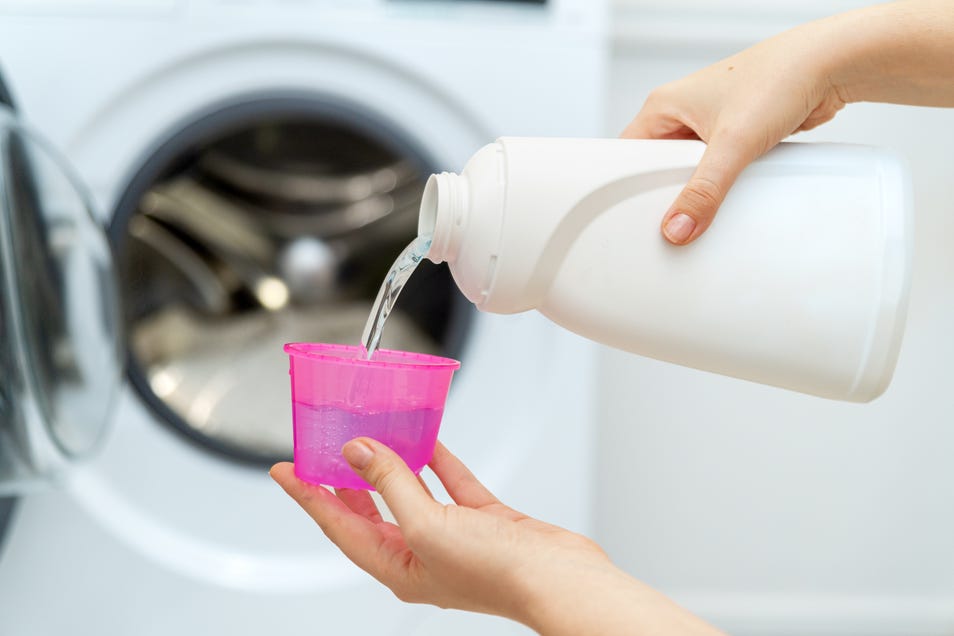Interlock fabric is a go-to choice for comfortable clothing, thanks to its smooth texture and slight stretch. But if not cared for properly, it can lose its softness over time. Ever pulled your favourite T-shirt out of the wash only to find it feeling stiff and rough? Don't worry—you're not alone! The good news is that with the right approach, you can maintain that luxurious feel wash after wash.
Let's learn about the best interlock fabric care tips, from choosing the right detergent to preventing pilling and drying methods that keep your fabric soft.
Understanding Interlock Fabric
Before we talk about how to keep interlock fabric soft, let's quickly understand what makes it special. Interlock fabric is a knit fabric with a tight weave, making it thicker and smoother than other knits. It's often used in T-shirts, baby clothes, and athleisure wear because of its durability and comfort.
However, since it's made with fine fibres, improper washing and drying can make it rough or even cause pilling. That's why following the right care routine is key.
Choosing the Best Detergent for Interlock Fabric
The detergent you use can make or break your fabric's softness. Some detergents have harsh chemicals that strip away the natural softness, leaving your clothes feeling stiff. To avoid this, opt for:
- Mild-liquid Detergents: These dissolve easily in water and don't leave residue on the fabric.
- Detergents Without Fabric Softeners: Many commercial softeners contain waxy substances that can build up on interlock fabric, making it feel less breathable.
- pH-balanced Detergents: These help maintain the fabric's natural softness without damaging the fibres.
Using the best detergent for interlock fabric ensures that your garments remain fresh and soft after every wash.
Washing Tips for Long-lasting Softness
Now that you've picked the right detergent, here's how to wash your interlock fabric properly:
1. Wash in Cold or Lukewarm Water
Hot water may seem like a good way to remove dirt, but it can break down the fibres and cause shrinkage. Use cold or lukewarm water to maintain the fabric's structure and softness.
2. Use the Gentle Cycle
Interlock fabric is durable, but a harsh wash cycle can make it rough over time. Always use the gentle cycle to prevent unnecessary friction.
3. Avoid Overloading the Machine
Washing too many clothes together increases friction, which can lead to roughness and pilling. Give your interlock garments some space to move freely in the wash.
Preventing Pilling in Interlock Fabric
One of the most common issues with interlock fabric is pilling—those tiny, annoying balls of fibre that make your clothes look worn out. Here's how to stop it before it starts:
1. Turn Clothes Inside Out Before Washing
This reduces surface friction, keeping the outer side of the fabric smooth and pill-free.
2. Wash Similar Fabrics Together
Mixing rough fabrics like denim with interlock fabric can speed up pilling. Wash interlock garments separately or with other soft materials.
3. Avoid Harsh Scrubbing
Rubbing stains aggressively can weaken the fibres, making them prone to pilling. Instead, pre-treat stains with a mild detergent and gently blot them away.
Taking these precautions will go a long way in preventing pilling in interlock fabric and keeping your clothes looking new for longer.
Drying Interlock Fabric the Right Way
Drying plays a huge role in maintaining fabric softness. If done incorrectly, it can lead to stiffness, shrinkage, or even pilling. Here's what you need to do:
1. Air Dry Whenever Possible
The best way to dry interlock fabric is to let it air dry. Spread your clothes flat on a clean towel or a drying rack to prevent stretching. Avoid hanging them, as gravity can distort the shape.
2. Use Low Heat if Machine Drying
If you must use a dryer, set it to low heat or the air-dry setting. High heat can make the fabric feel rough and shrink it over time.
3. Remove Clothes While Slightly Damp
Over-drying in a machine can make interlock fabric stiff. Take clothes out while they're still slightly damp, and finish drying them naturally.
Following these tips ensures that drying interlock fabric won't compromise its softness.
Extra Tips to Keep Interlock Fabric Soft
Want to go the extra mile? Here are some bonus tips for keeping interlock fabric feeling fresh and smooth:
1. Skip the Fabric Softener
It might sound counterintuitive, but fabric softeners can create a waxy build-up that reduces breathability. Stick to natural alternatives like vinegar or baking soda.
2. Steam Instead of Ironing
Direct heat from an iron can harden interlock fabric. If you need to remove wrinkles, use a steamer instead of pressing with a hot iron.
3. Store Clothes Properly
Keep interlock fabric folded neatly in a cool, dry place. Avoid stuffing them into overcrowded drawers, which can cause unnecessary creasing and friction.
Keep Your Interlock Fabric Soft with These Simple Tips!
Caring for interlock fabric doesn't have to be complicated. By using the best detergent for interlock, washing on a gentle cycle, and drying interlock fabric correctly, you can ensure your clothes remain as soft as the day you bought them.
Remember, preventing pilling in interlock fabric starts with simple habits like washing inside out and avoiding harsh detergents. With these easy steps, you'll never have to deal with rough, uncomfortable clothes again!
Now that you know how to keep interlock fabric soft wash after wash, it's time to put these tips into action.
Source: https://www.clotheslyne.com/blog/what-is-homemade-fabric-softener/



